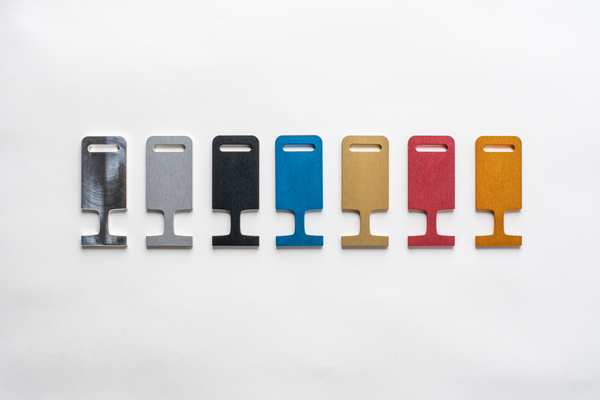Understanding Aluminum Alloys
Aluminum alloys are divided into two main categories:
Wrought Alloys (e.g., 6061, 7075) – Formed by mechanical processes like rolling or extrusion.
Casting Alloys (e.g., A356, 319) – Formed by pouring molten aluminum into molds.
They are further grouped by series, such as 1xxx, 2xxx, 6xxx, etc., each with different properties.
📊 Key Comparison Factors
Property Consideration
Strength How much load or force the part will endure.
Corrosion Resistance Is the part exposed to moisture or chemicals?
Weldability Will you need to weld the part?
Machinability How easy is it to cut or machine?
Formability Can it be bent or formed without cracking?
Cost Some alloys are more expensive due to rare elements or difficult processing.
🧪 Popular Aluminum Alloys Compared
Alloy Strength Corrosion Resistance Weldability Machinability Typical Use
6061-T6 High Good Excellent Good General purpose, automotive, aerospace
7075-T6 Very High Moderate Poor Fair Aerospace, performance parts
5052-H32 Moderate Excellent Good Fair Marine, fuel tanks
2024-T3 High Poor Poor Good Aerospace, structural parts
3003-H14 Low Excellent Excellent Good Roofing, siding, cookware
A356 (Cast) Moderate Good Good Fair Automotive wheels, housings
319 (Cast) Low–Mod Good Good Good Engine blocks, transmission cases
🧭 Choosing the Right Alloy Based on Application
🚗 Automotive Parts
6061 for chassis & frames
A356 for wheels
319 for engine blocks
✈️ Aerospace
7075 or 2024 for structural parts
6061 for support components
🌊 Marine
5052 for hulls, tanks, and corrosive environments
🏗️ Structural/General Fabrication
6061 or 3003 for easy forming and corrosion resistance
✅ Final Tips for Material Selection
Prioritize performance requirements: If strength is key, go for 7075 or 2024. If corrosion is a concern, consider 5052 or 6061.
Consider secondary processes: Will the part be welded, anodized, or machined?
Balance cost and availability: High-performance alloys can be expensive and harder to source.



